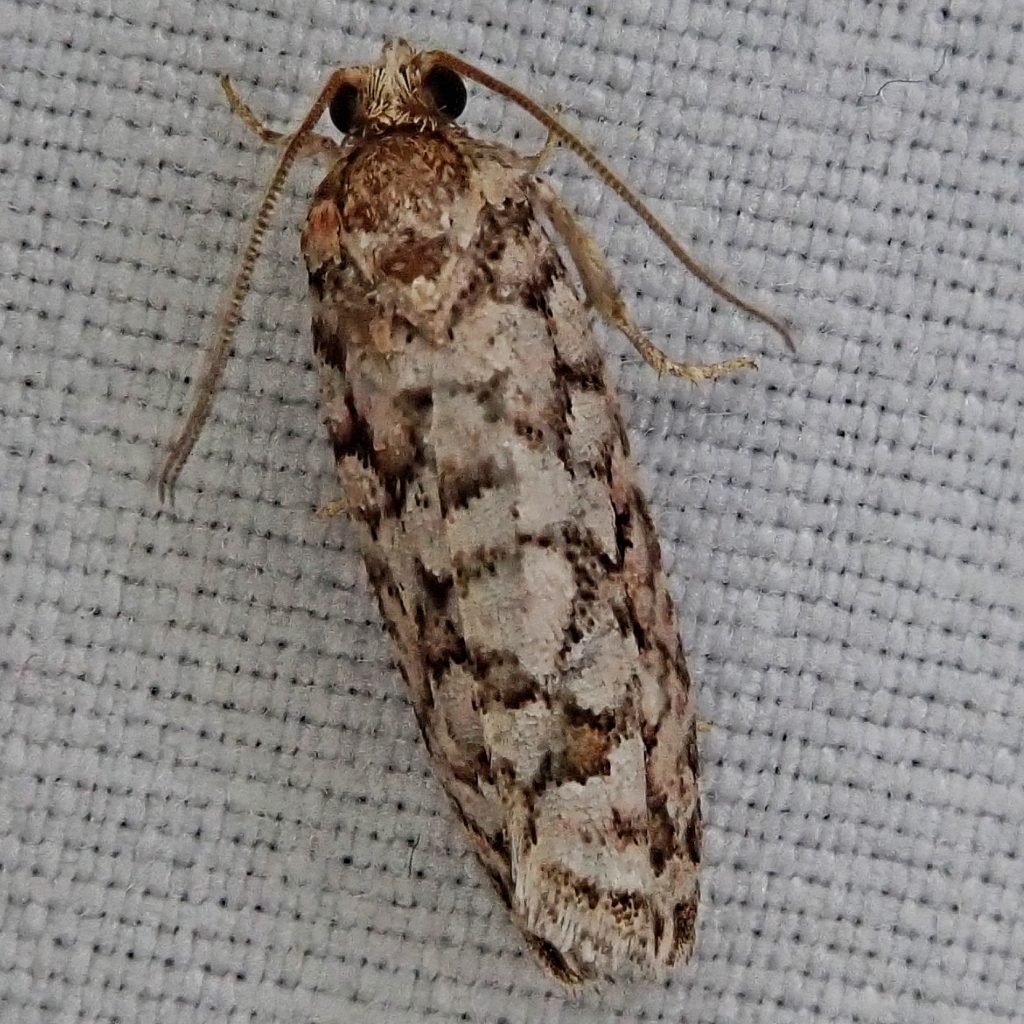
The is a real lack of information about these sharply patterned little tortricid moths. Part of that is undoubtedly because they were, for many years, confused with Barbara colfaxiana, due to a mixup during the rearing of a quantity of larvae of what was probably both species. Another reason is probably that it’s preferred habitat of a montane location with plentiful true firs (Abies) is under surveyed and under studied.
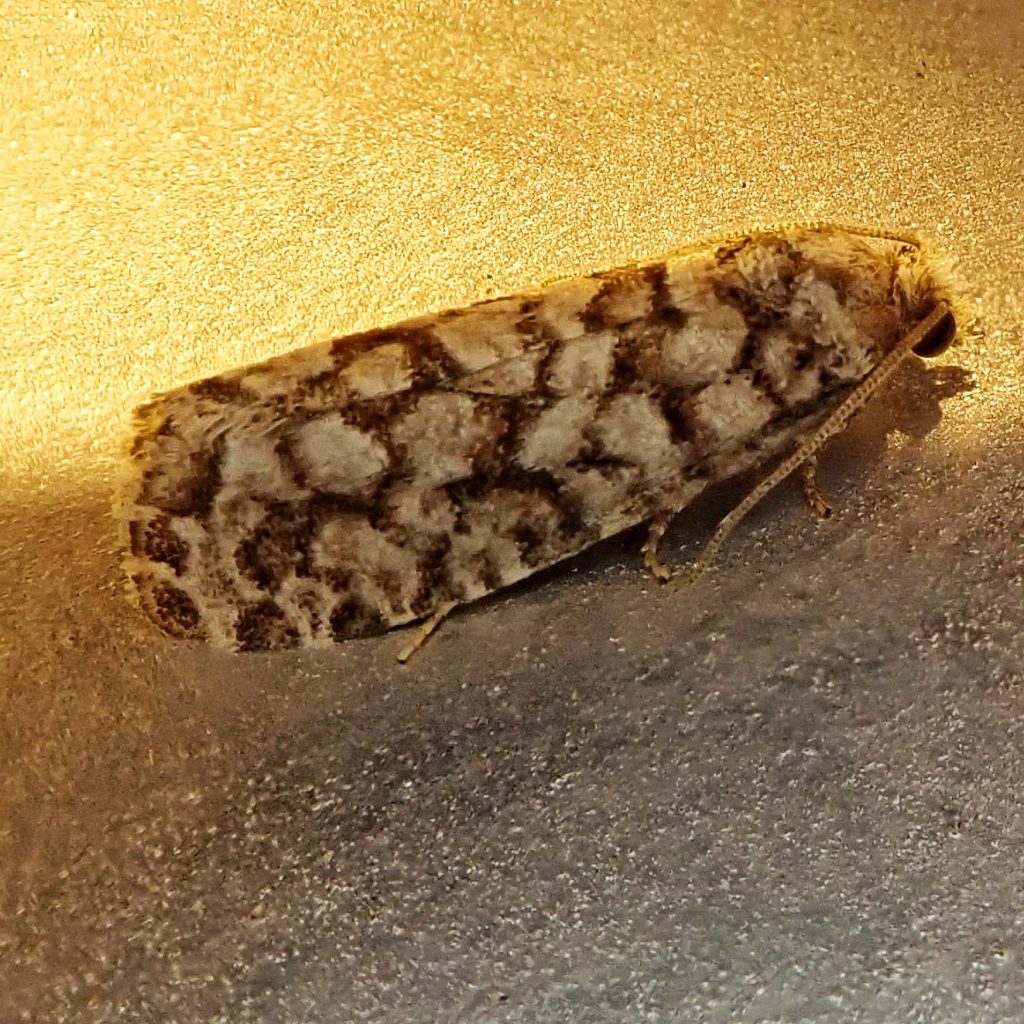
But it is certainly not because there is a lack of moths to be studied. I have found this species at most of the sites where I’ve run lights in the Gifford-Pinchot National Forest that were above 2,000’ elevation, and they were very abundant on our mothing expedition to Moon Lake over the 4th of July weekend. But I’m guessing that they aren’t considered to be a pest species, or someone would’ve paid to have them studied.
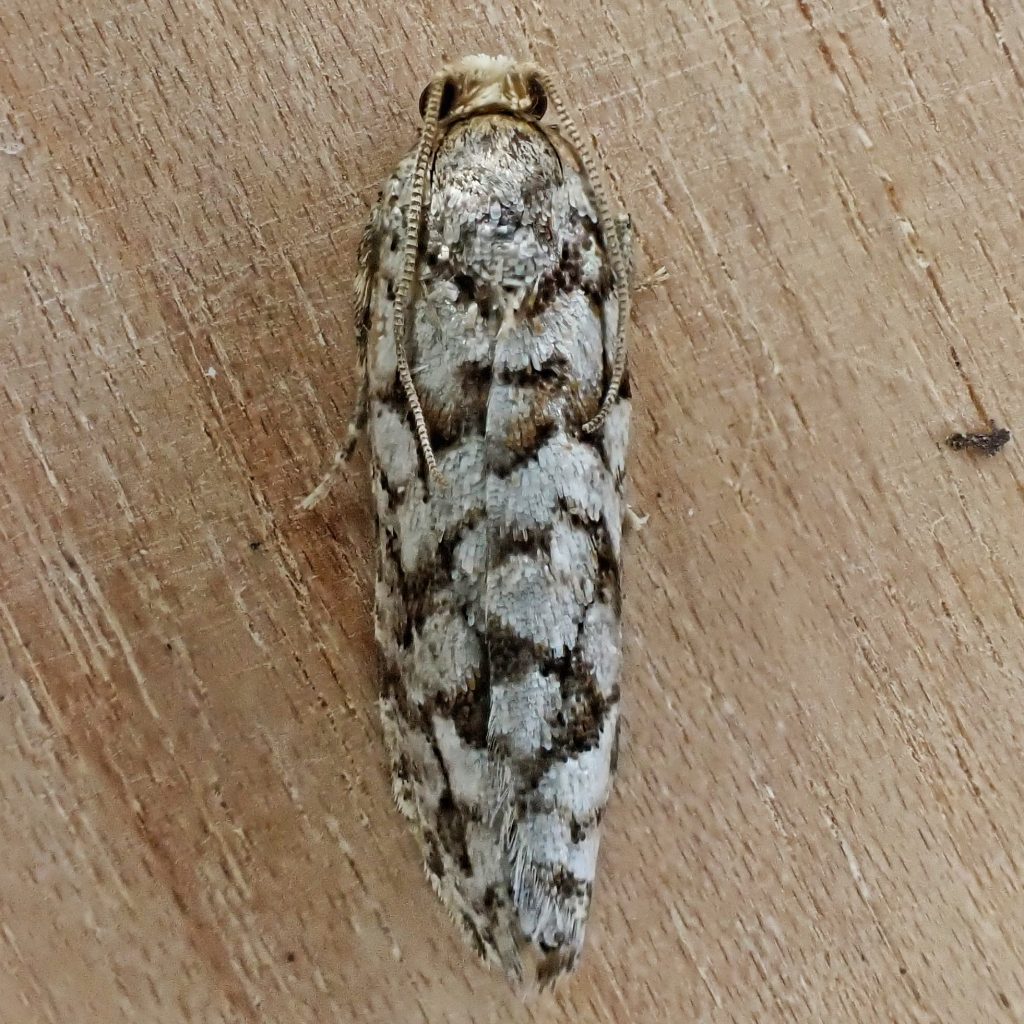
Description-Small (fw length 9-11mm) moth with a paving-stone pattern of whitish spots delineated by reddish brown to black markings that covers the entire forewing; hindwing dark grayish brown.
Similar species-Eucopina bobana has rusty markings around yellow spots; Barbara colfaxiana has defined antemedial and postmedial lines creating a central bar that mostly lacks the ‘paving stones’ pattern.
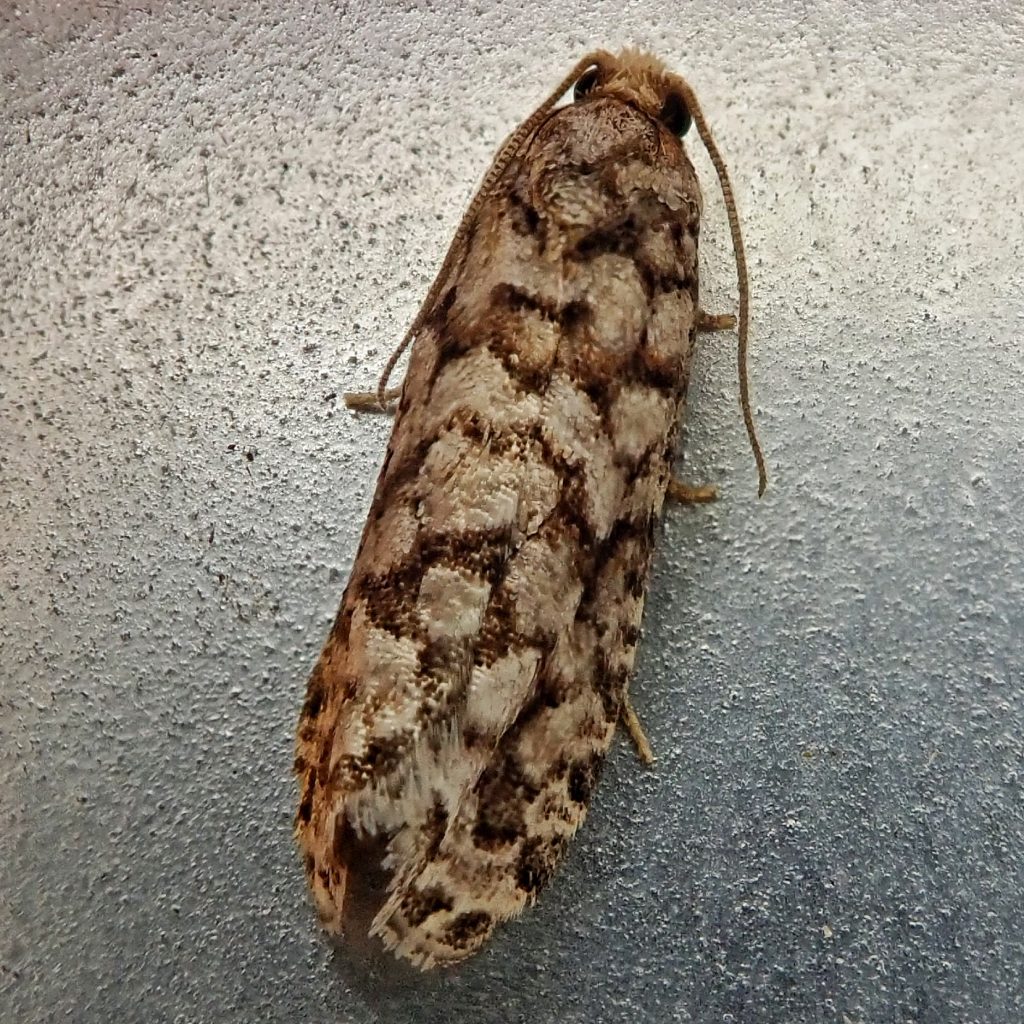
Habitat-Mid to upper elevations where true firs are found.
Range-Western North America; so far found primarily in the Cascades, and in the western foothills of the Rockies in our region, but probably more extensive in range due to being under surveyed in appropriate habitat.
Eats-Larvae feed on the cones of Abies concolor, and other Abies spp. My guess would be that these specimens fed on Abies lasiocarpa (subalpine fir), since that was the dominant fir where they were found.
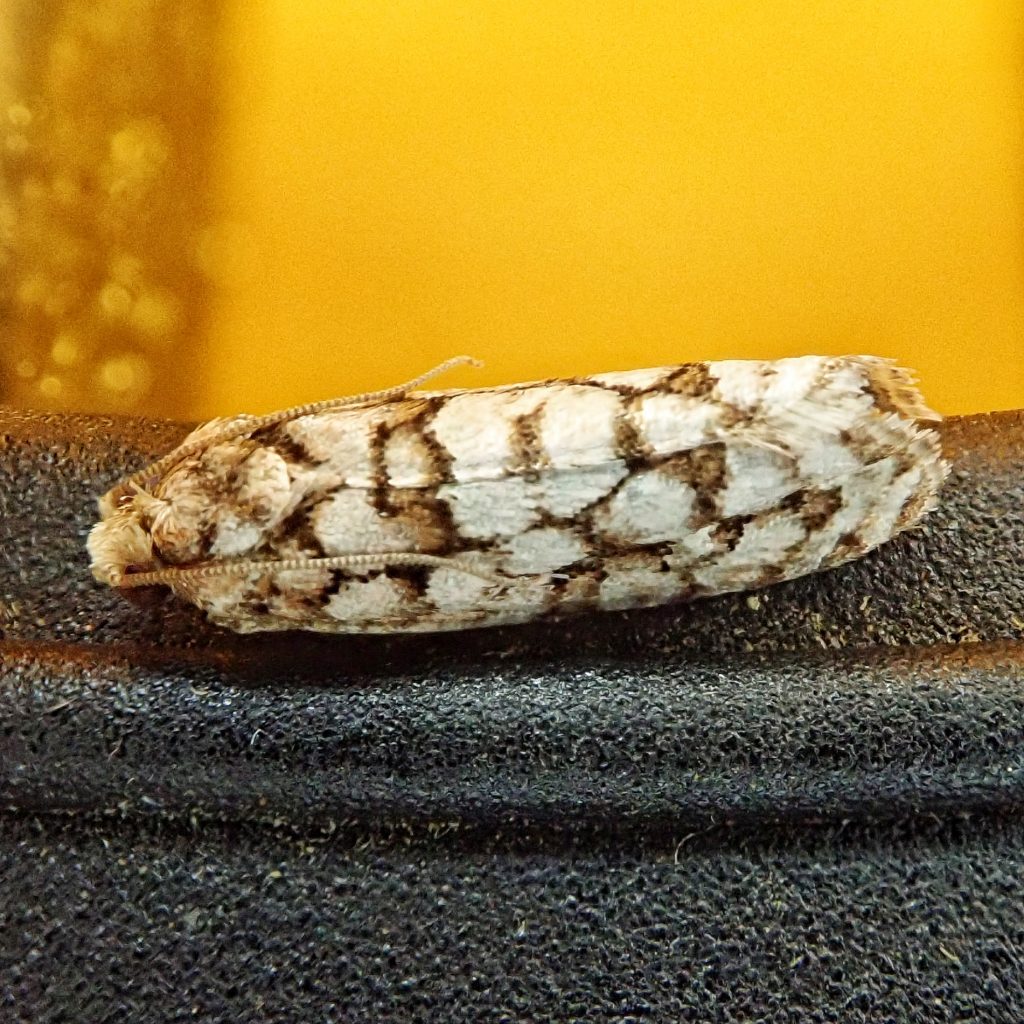
Reproduction– I cannot find any information on the lifecycle of this species, but it is probably univoltine, and over winters as pupa.
Adults active-May to September
Etymology of names–Eucopina is derived from its former genus Eucosma (which is from the Greek for ‘graceful/well adorned, and reflects the opinion of the artist rendering one of Hübner’s specimens in this genus) combined with its larval hosts in Pinaceae. The specific epithet siskiyouana refers to the type specimen being found in the Siskiyous.
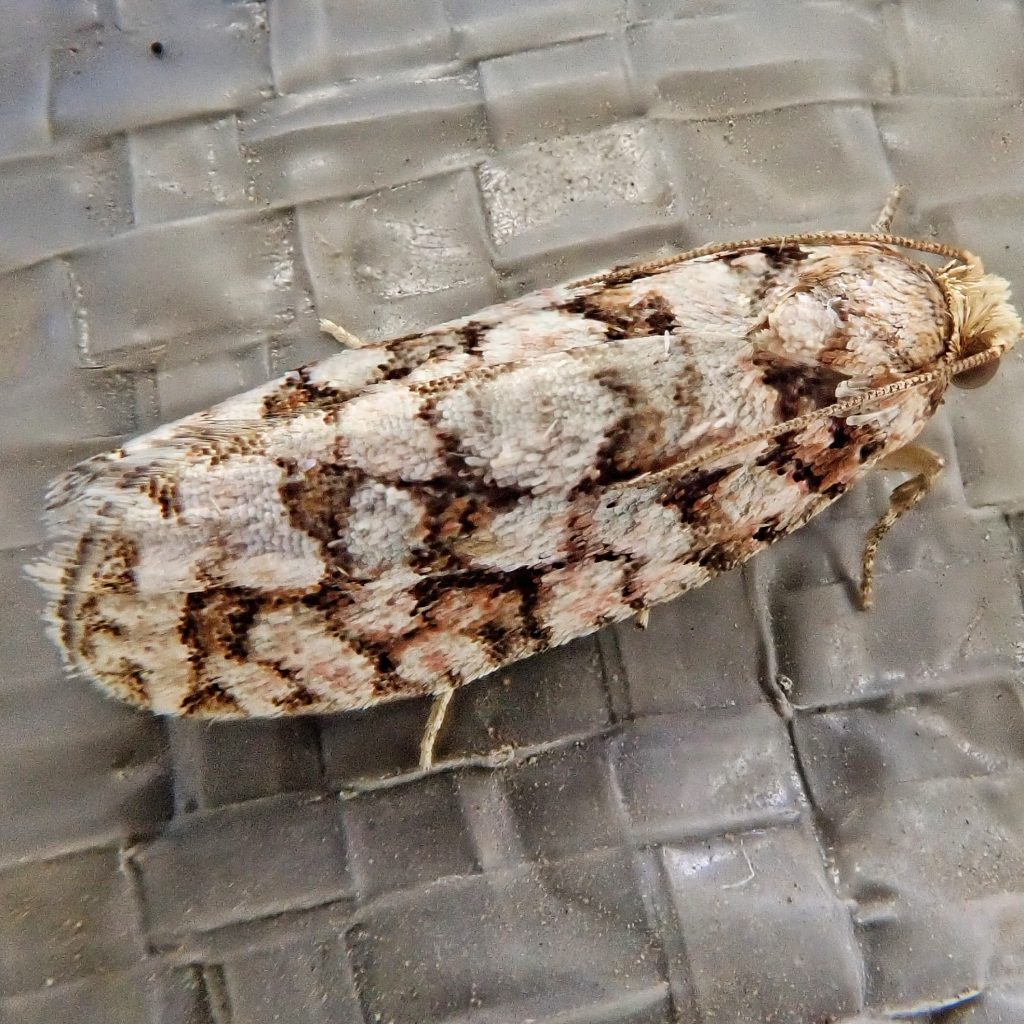
https://bugguide.net/node/view/50735
http://mothphotographersgroup.msstate.edu/species.php?hodges=3075
https://www.butterfliesandmoths.org/species/Eucosma-siskiyouana
http://hilgardia.ucanr.edu/fileaccess.cfm?article=152687&p=UCEUWF
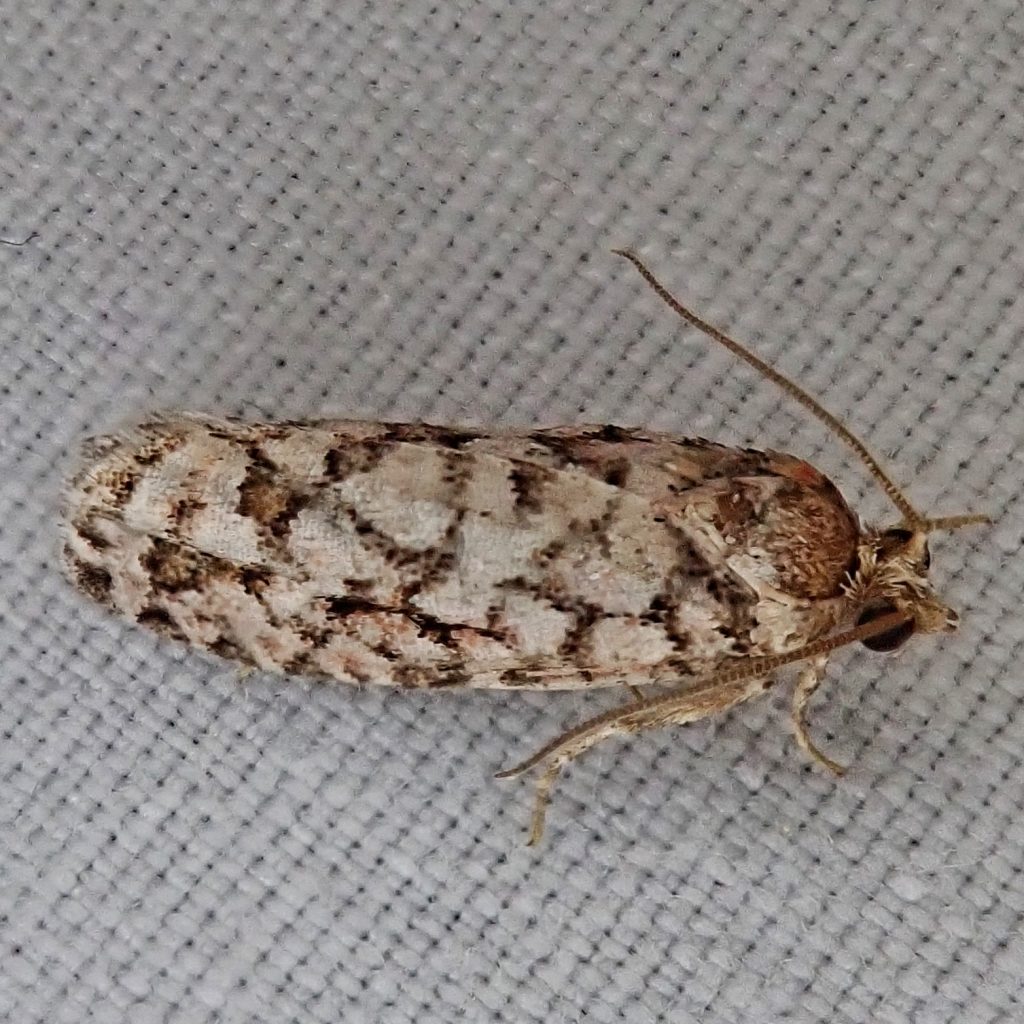
Hi Dan ! Linda Kappen here. do you know Dana Ross? He does moth work also. I was going to ask if he would like a link to your blog as he is not on facebook or anything. How would I do that / Would you be willing to e mail me the proper link?
Hi Linda! I do not know Dana, but I’d be thrilled to share the site with him. This is the link to the home page.
http://10000thingsofthepnw.com/
You should be able to copy and paste that into an email. If it doesn’t work right my email address is recreationalnaturalist@10000thingsofthepnw.com
Thanks!!!
I love your posts!
When will the whole volume be accessible to commoners like me?
And how do you achieve your fabulous photos?
An envious recreational naturalist!
Well, Jochen, I have about 9700 profiles to go, so hopefully it’ll all be available within about 15-20 years. I do most of my closeup photography with an Olympus TG5 or TG6, and the distance stuff is done with a Sony RX10 iv. They are very good cameras that make me look like a much better photographer than I really am. Thanks for your kind words!